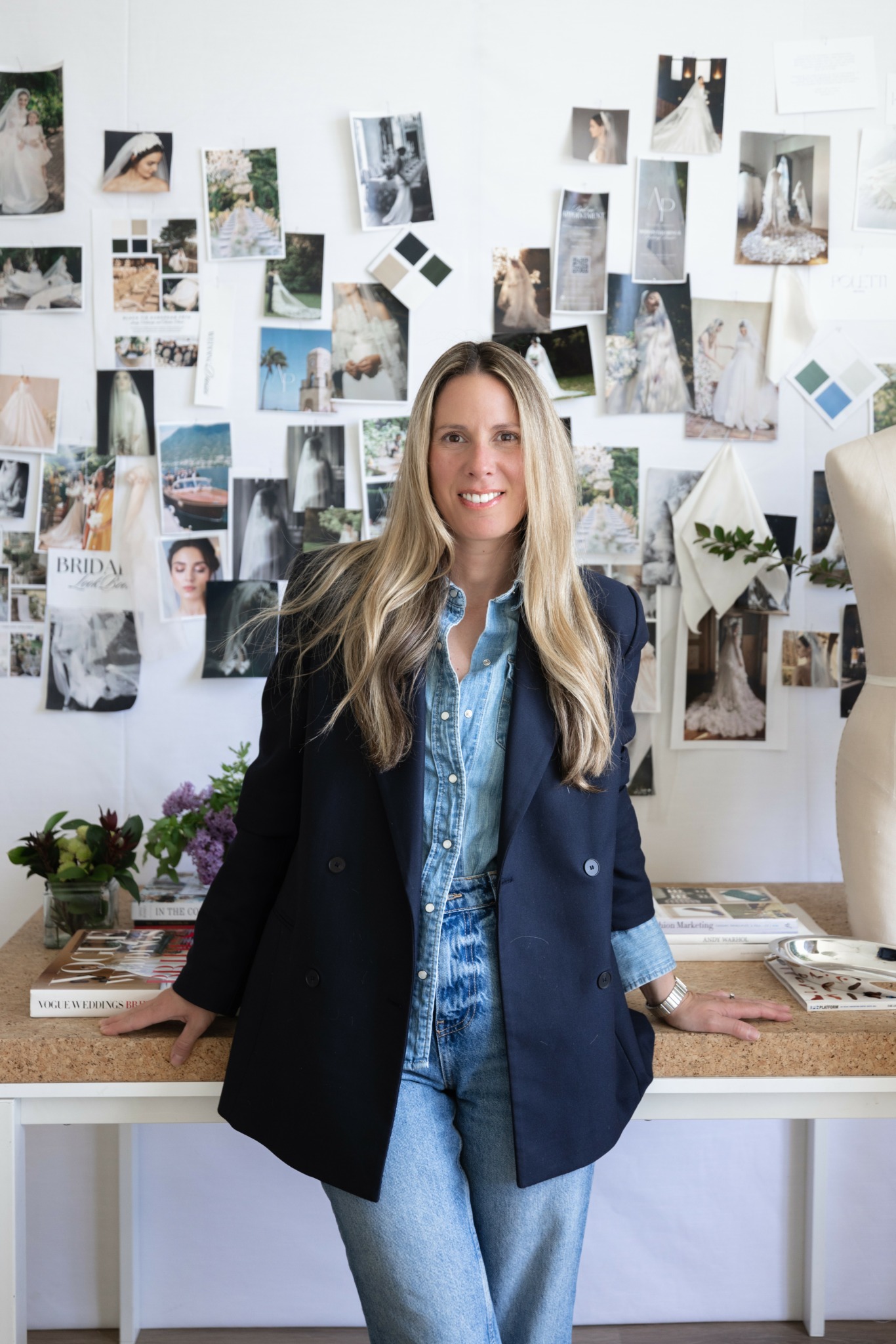Alright – so today we’ve got the honor of introducing you to Anabella Poletti. We think you’ll enjoy our conversation, we’ve shared it below.
Hi Anabella, thanks for joining us today. Getting that first client is always an exciting milestone. Can you talk to us about how you got your first customer who wasn’t a friend, family, or acquaintance?
I’ve always believed in the power of networking, and that belief has guided my journey from the very beginning. My first paying client came through a mix of timing, connection, and a little bit of magic. Before my very first fashion show, I attended a local wedding industry networking event where I met a planner who mentioned her best friend was getting married and might need someone like me. I invited both her and the bride to my show, and the bride arrived with her mom. That night turned into the start of something special — she hired me not only for her bridesmaids’ dresses, but also for her custom veil, her mother’s gown, and the flower girl dresses. I was brought into their wedding day to help dress them, and even invited to the celebration itself, as I had become a friend to the family along the way.
That one connection blossomed into years of trust and collaboration with her entire family. My first big client became a doorway. Over the years, I went on to dress her mother again for her son’s wedding, fit her sister-in-law, and even meet cousins who became clients. What started as a single introduction grew into a long-lasting relationship with a family that supported my work. Looking back, I realize my very first client wasn’t just the start of my business — it was the beginning of building trust, reputation, and community, one family at a time.

Awesome – so before we get into the rest of our questions, can you briefly introduce yourself to our readers.
I remember growing up in Venezuela, surrounded by color, texture, and creativity. My mom, an interior designer, and my grandmother, an artist, filled our home with bold shapes and beautiful lines, black-tie events were part of life, so from a young age I was dressed in gowns and surrounded by people who valued style and presentation. Wearing those dresses gave me an early understanding of how one outfit could shape the way you feel and how others see you. Fashion wasn’t just clothing to me — it was confidence, artistry, and emotion stitched into something you could step into.
After graduating with an engineering degree, I couldn’t ignore that pull. I went to Colorado State University for fashion design, and when I realized Fort Collins didn’t have opportunities for designers, I made a choice: I would create my own studio, a space where brides could find timeless elegance and young designers could learn the craft without having to move to NYC or L.A.
My approach to design is simple: timeless elegance and meticulous craftsmanship. I want every piece to feel special not just for a moment, but for years to come. The design, the fit, the details, all of it matters — it is storytelling through the power of a garment.
At AP Design House, we specialize in bridal alterations, custom veils, styling, and mentorship. Our veils are especially meaningful — unique, heirloom-quality pieces designed to be cherished for generations. Teaching and mentoring young designers are equally important to me; over the last decade, I’ve had the opportunity to mentor more than 30 emerging designers, helping them build real skills and confidence in a fashion studio environment. What sets us apart is the full experience. Beyond our technical expertise and eye for detail, it’s about how we make clients feel — guided, confident, and excited throughout the entire process.
I’m proud of how far the studio has come. We started in my basement in 2015, and three years ago, we moved into our dream studio in Old Town Fort Collins. This year, we’ve served over 100 brides, and the most rewarding part is seeing their joy when a gown fits perfectly, a veil becomes a family treasure, or a young designer discovers their potential. Every story we’re part of, every dress we craft, and every designer we mentor is a piece of the larger story of AP Design House — and that’s what makes our work truly meaningful.
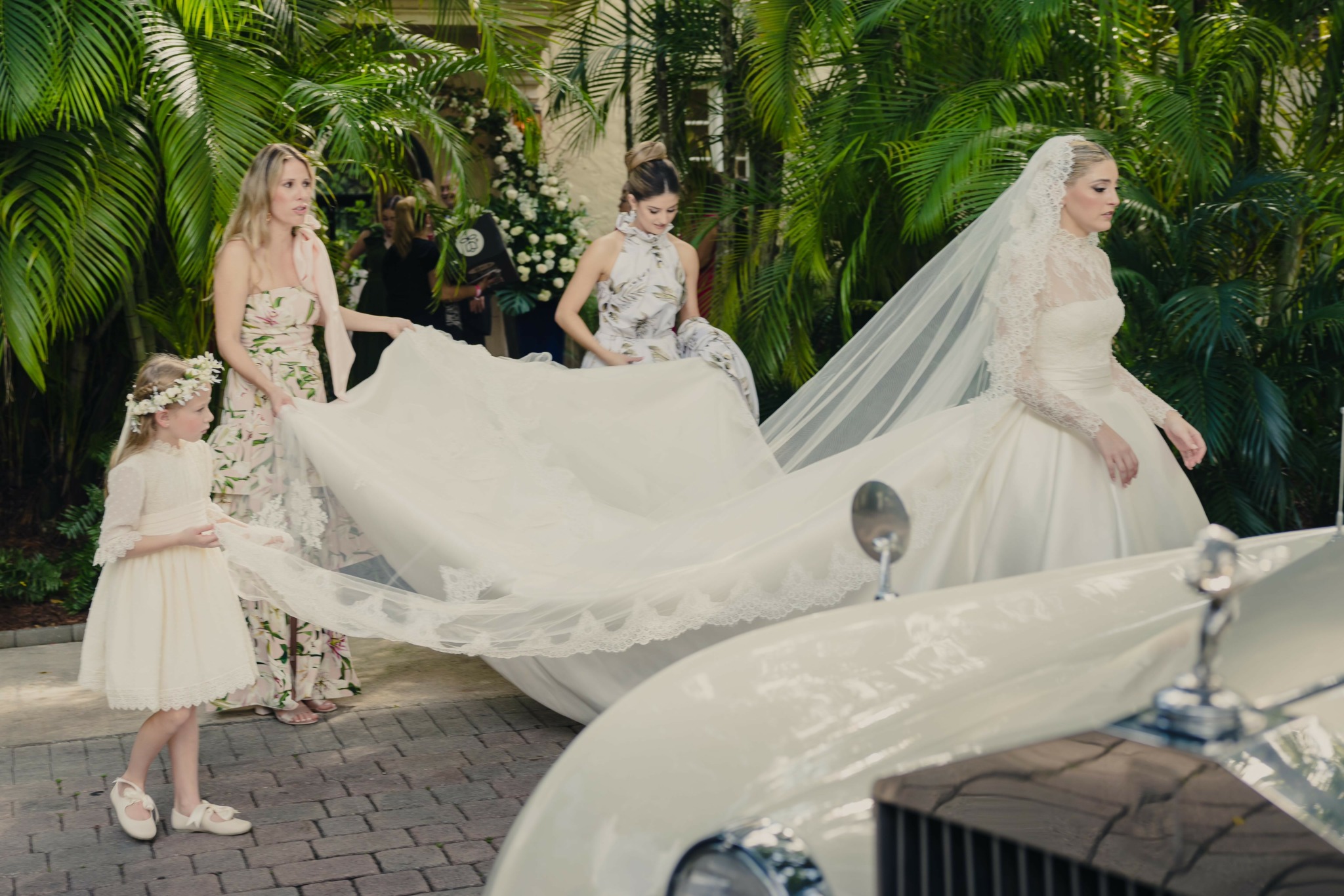
Can you tell us about a time you’ve had to pivot?
I’ve had to pivot more times than I can count. I started in engineering, graduated, and quickly realized it wasn’t where my heart was. After moving to Colorado, getting married, and going back to school at CSU, I followed my true calling — fashion design. But with no local design jobs and a baby on the way, I built my own company from the ground up.
The business has taken different forms over the years — from custom bridal gowns to a ready-to-wear label that I ran for seven years, and now to a studio focused on high-end bridal alterations and bespoke veils. But while the business model has evolved, the DNA of AP Design House has never wavered: creating timeless pieces with impeccable craftsmanship, helping women feel confident, and passing down knowledge to the next generation of designers.
Alterations, which I once resisted, have become the most rewarding pivot yet. They allow me to study the artistry of gowns from other designers, tailor each one so it feels like it was made for my client and build meaningful connections with brides during one of the most important moments of their lives. At the same time, we continue to design one-of-a-kind veils and mentor young talent, ensuring that what we create in the studio goes beyond the garment — it becomes part of a much larger story of artistry, heritage, and transformation.

What’s a lesson you had to unlearn and what’s the backstory?
One of the biggest lessons I’ve had to unlearn is what it truly means to be a designer. Early in my career, I was so focused on creating original pieces and building a brand around my own creative vision that I dismissed anything outside of that narrow definition — including alterations. I was stubborn about it, convinced that my role was to make clothes, not fix them. But that mindset was holding me back.
When a financial need pushed me to introduce alterations into my studio, I initially saw it only as a way to increase cash flow and support the business. To my surprise, it became one of the most valuable shifts in my career so far. Learning to listen to what the market was asking for, and adapting my skills accordingly taught me that being a successful designer isn’t just about artistry — it’s about flexibility, and curiosity. Alterations not only brought stability and opened the door to countless new client relationships, they also became an incredible tool for mentoring emerging talent, allowing me to teach the technical foundations of fit and construction that every great designer should master.
Contact Info:
- Website: https://www.anabellapoletti.com
- Instagram: @anabellapoletti_
- Facebook: https://www.facebook.com/anabellapolettidesignhouse
- Linkedin: https://www.linkedin.com/in/anabellapoletti/
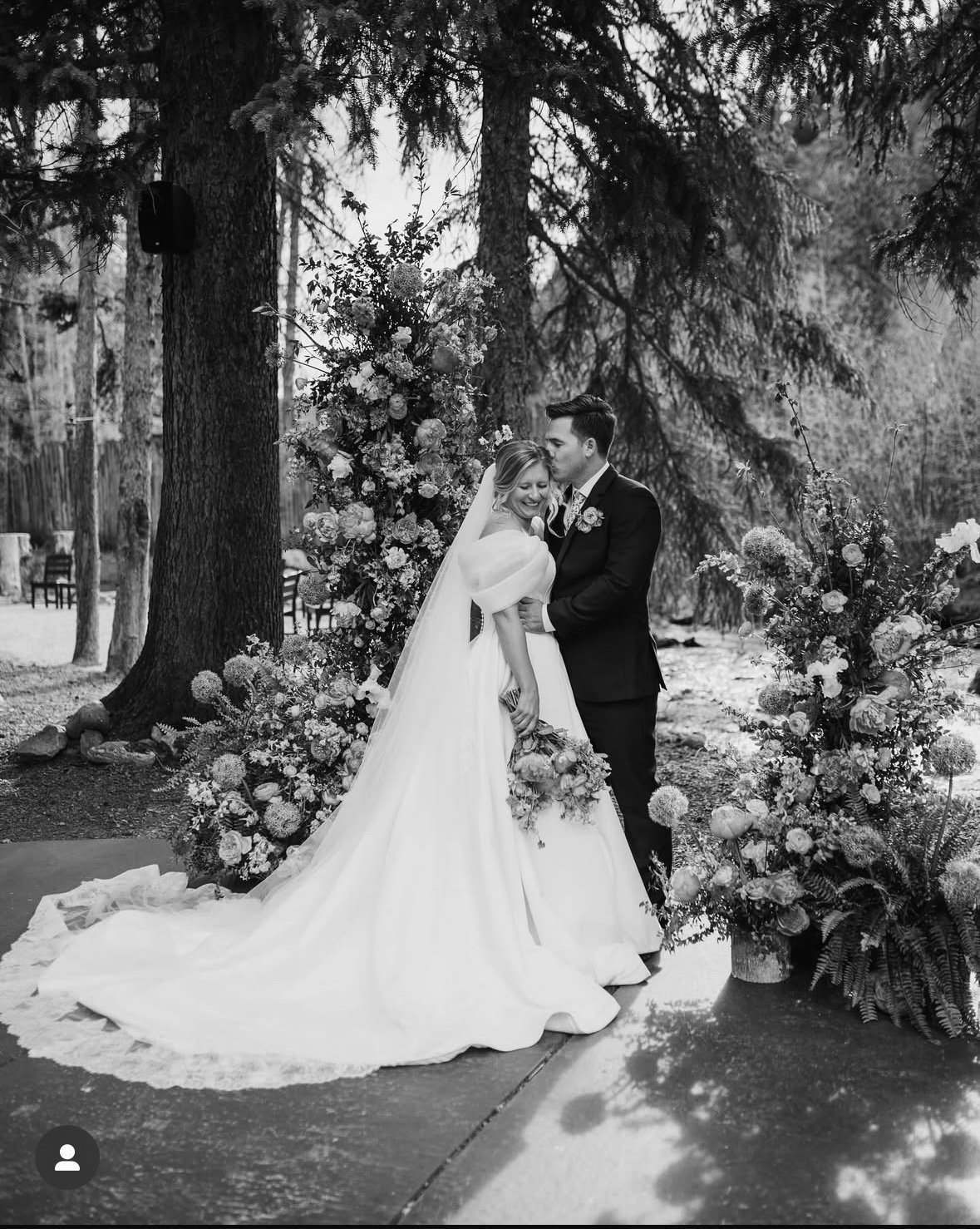
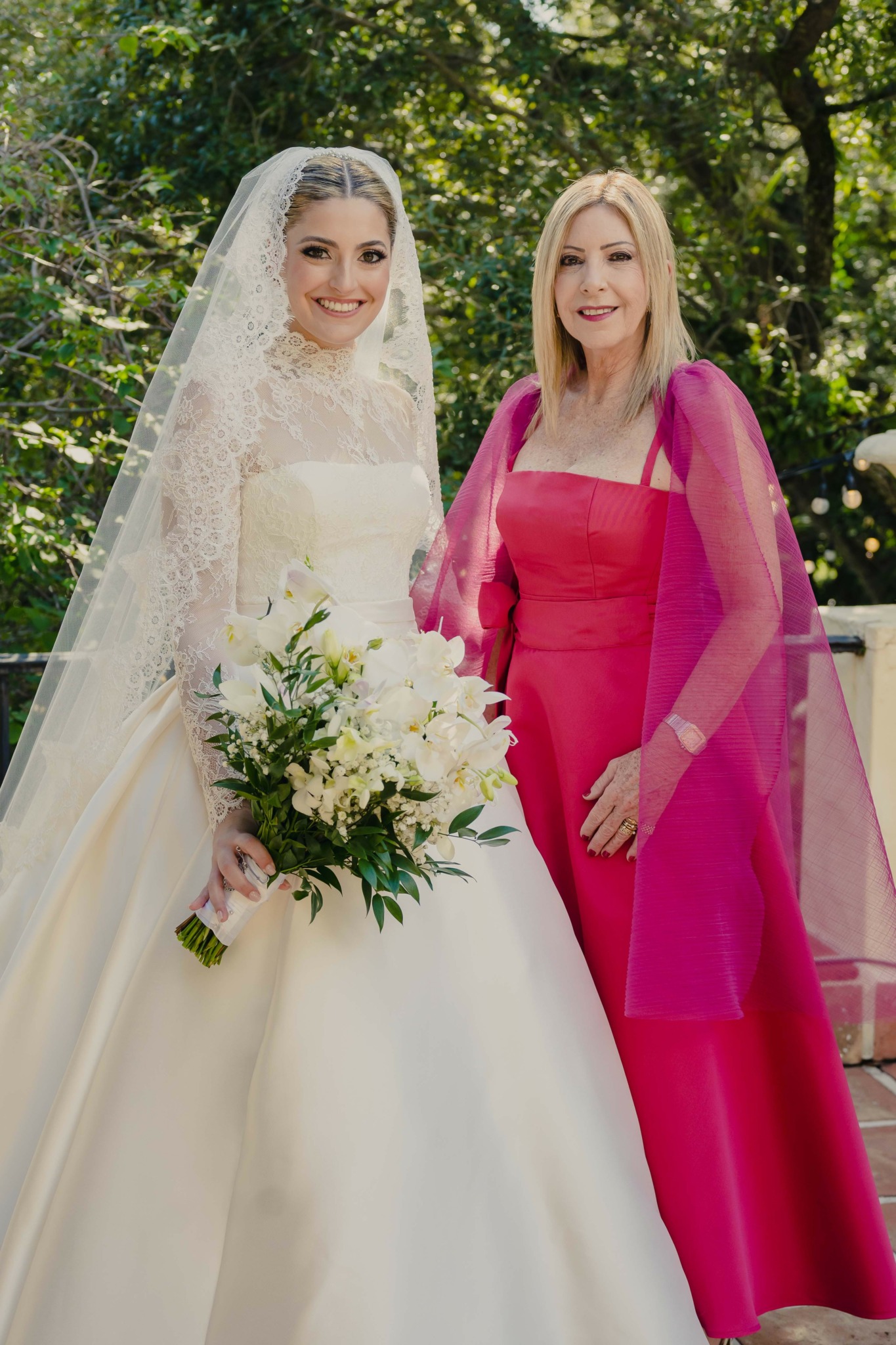
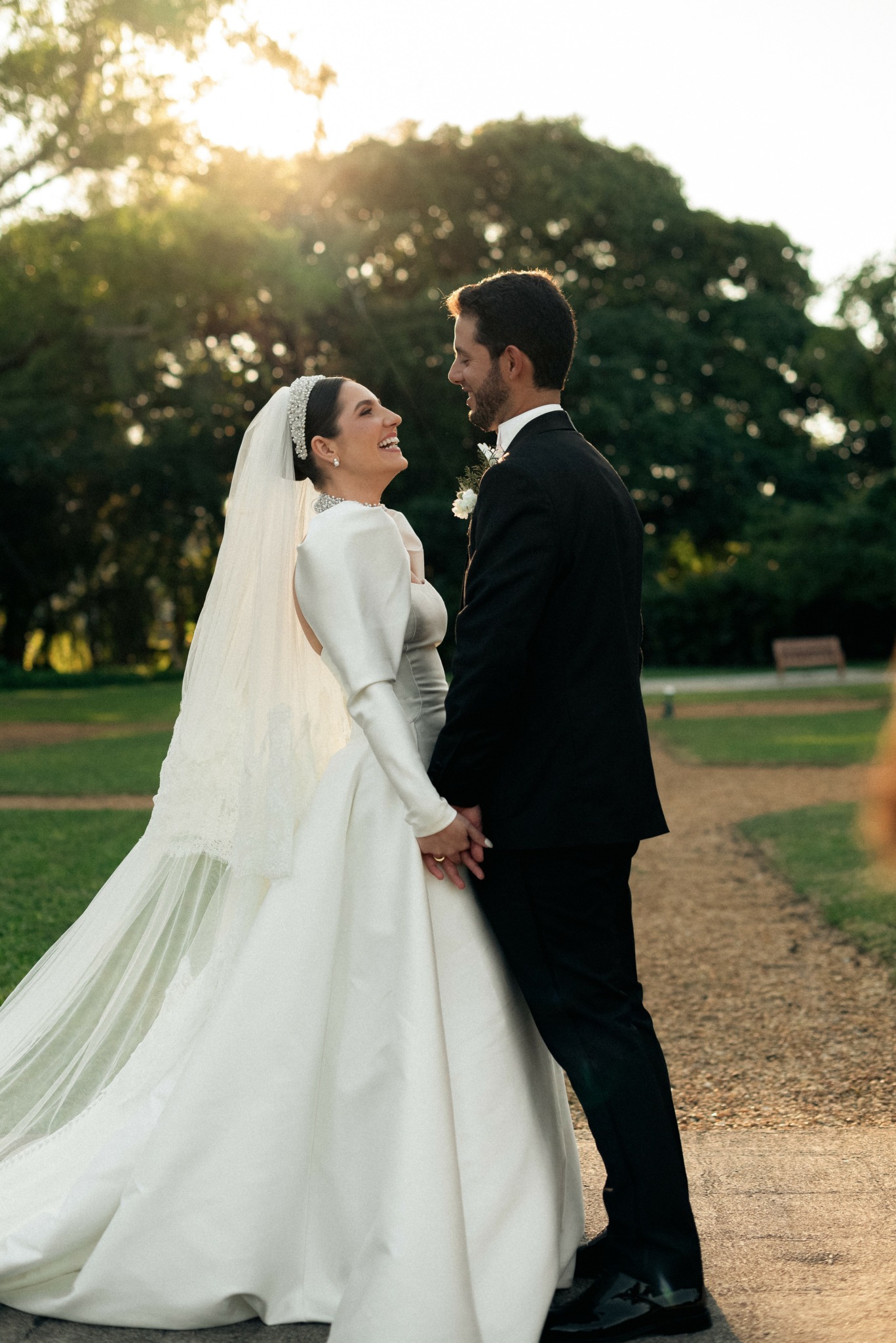
Image Credits
Photo 1 by Kyla chambers
Photo 2 and 5 Pedrito Henriquez
Photo 3 Luis Tovar
Photo 4 Jenny Smiley
Photo 6 Lalo Hernandez


